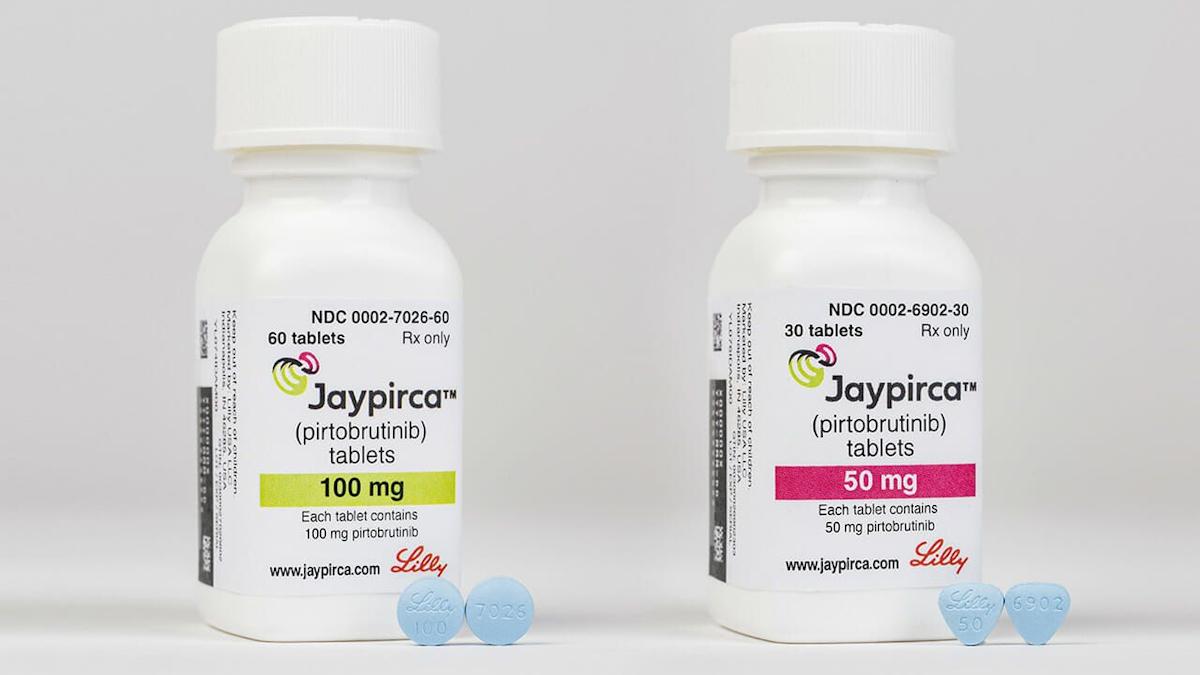Lilly's new drugs offset slumping sales of erectile dysfunction pill Cialis in Q3

Eli Lilly upped its guidance for 2019 after posting strong third quarter results, as more recently released drugs offset sales lost as former erectile dysfunction blockbuster Cialis lost patent protection.
Revenues for the third quarter were nearly $5.48 billion, a 3% increase compared with the same period last year.
Reported net income was just over $1.25 billion, an increase of 9% compared with Q3 last year, while earnings per share were up 22% to $1.37.
Trulicity was Lilly’s top selling drug, bringing in revenues of just over $1 billion in the quarter, up 24%, although sales of its erectile dysfunction drug Cialis flopped, down 61% to $184.3 million.
Cialis’ patent expired late last year after Lilly reached a settlement with generics manufacturers allowing them to release cheaper generics before the original expiry date of April 26, 2020.
The loss of patent exclusivity on Cialis ate into margins, although this was partially offset by favourable currency movements.
Another older drug in Lilly’s portfolio is faring better: sales of cancer drug Alimta are holding up after a US court ruling last year that prevented generics from being launched until 2022.
Sales of Alimta were flat at $508 million, while more recently launched drugs were on an upward trajectory – Taltz for inflammatory diseases including psoriasis saw sales increase 29% to $321 million and sales of cancer drug Cyramza were up 21% to $240 million.
Migraine drug Emgality, one of a gang of recently approved new injections, got off to a good start with sales of nearly $48 million for the quarter, with $96.3 million booked in the first nine months of the year following first approval in September last year.
David Ricks, Lilly's chairman and CEO, said: “Lilly's revenue growth is being driven by volume, not price, as more and more patients are benefiting from our recently launched medicines. Our sustained investments in oncology, diabetes, immunology, and neuroscience research continue to be productive, with several new medicines expected to be submitted, launch and then reach patients over the next few years.”













